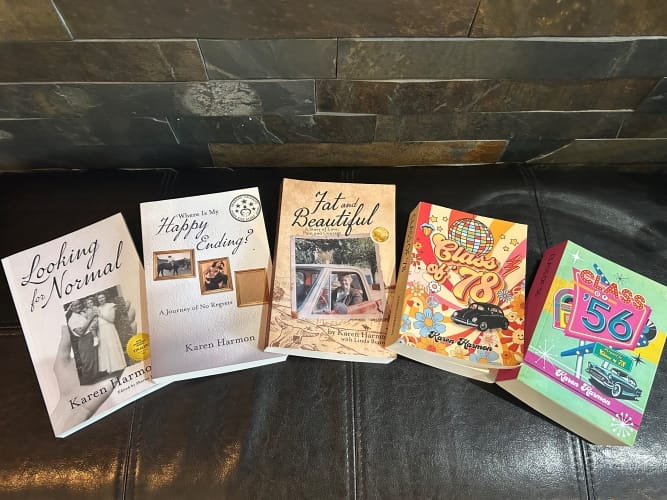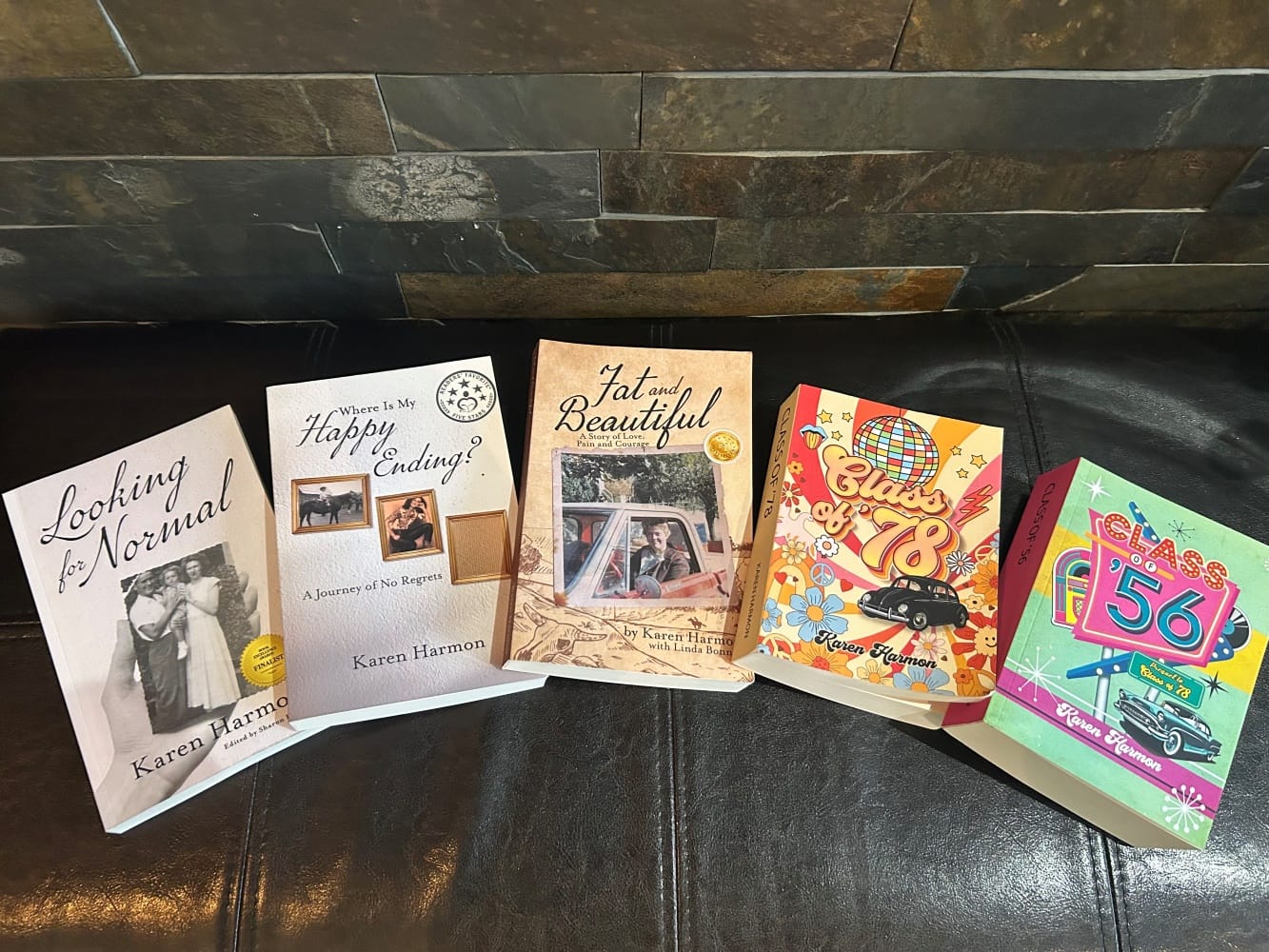Sometimes the smallest keepsakes hold the heaviest truths—and the gentlest reminders of who we once loved.
The Hand Towel
by Karen Harmon
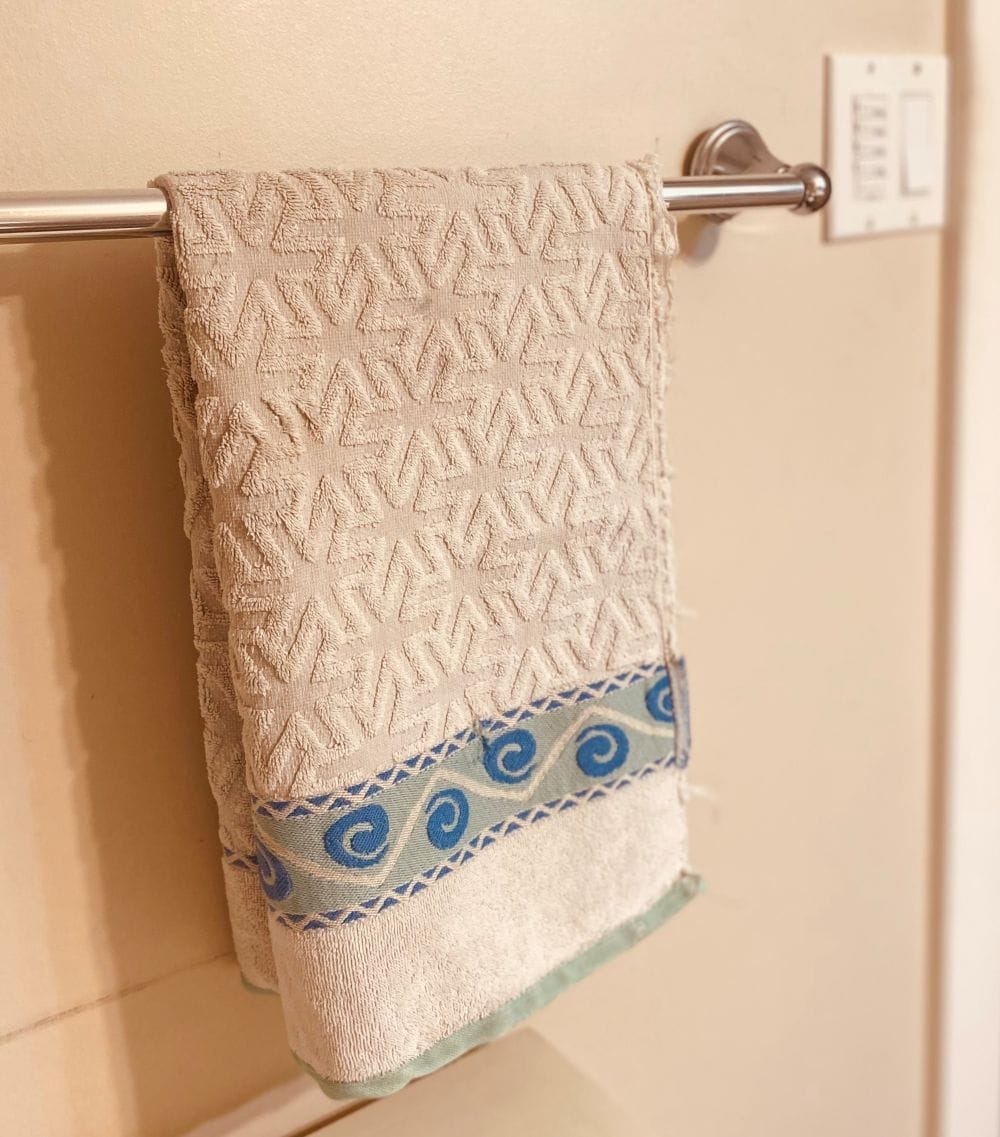
Has something ordinary ever stopped you in your tracks? A smell, a song, a photo—and suddenly you’re time-travelling? For me, it was a hand towel.
Not a plush, bougie Bed Bath & Beyond number. No, this one’s threadbare, a little sad, usually shoved to the back of the pile. But the other morning, with those worn fibres in my hand, I was back—back to him.
He was sweet. He was kind. He was handsome. He was also an alcoholic.
That last part didn’t erase the first three—so I married him. Correction: I proposed. At 26, I thought I was already destined for spinsterhood (a ridiculous notion now, but that was then). I grew up in the Disney princess era—love, marriage, baby carriage. Career? Independence? Cute extras. My dream was a child of my own.
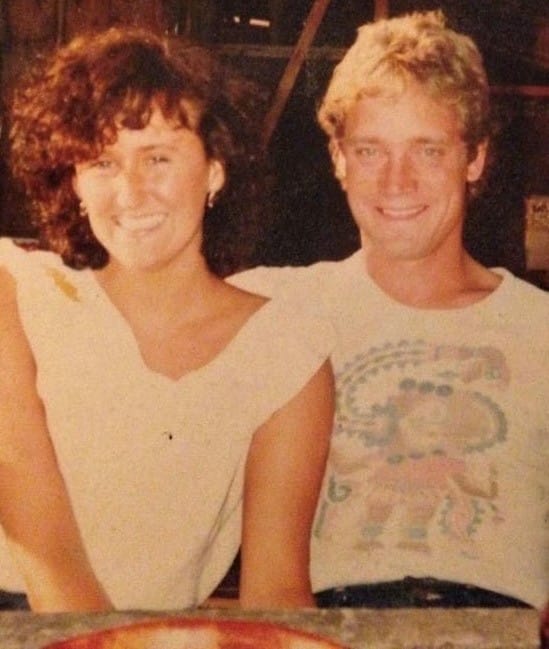
And so we met, and we dated. I was 23; he was 25—my first husband, before Paul.
What a courtship! He was a surveyor, and I was his assistant. In the 1980s, the Alaska Highway was the place for adventure. Other kids went tree planting, hopped on fishing boats, or backpacked through Europe to “find themselves.” Me? I went north to a work camp near Pink Mountain, past Fort St. John. That’s where I found him—or maybe where he found me.
I’ve written about this before—how my fitness-loving, disco-diva friend Dawna talked me into it. “Big money, fast,” she promised. At the time, she was my ticket out. My beautiful friend, who never turned down an opportunity, opened a door, and I followed her through it.
And then—after Dale and I met—life rolled out like a freewheeling love song. Horseback rides under endless skies. River rafting that left us soaked and doubled over in laughter. Concerts where the music vibrated straight through his hippy bones. He steered me away from disco and into the world of The Grateful Dead, Bob Dylan, and Neil Young. His songs became my soundtrack, his joys became mine.
He played the guitar and tended the garden with a childlike reverence, memories of tagging along after his grandfather in a little ole’ place called Moose Jaw, Saskatchewan stitched into every seed he planted. He coaxed life from the soil, tossed greens into a salad as if by magic, and made flowers bloom in window boxes of the log cabin my father built.
We hiked—always off the beaten path. We threw dinner parties like it was our Olympic sport: bubbling French onion soup, crab-stuffed mushrooms, garlic bread dripping with butter, and fettuccine Alfredo straight out of the ’80s playbook. Fire pits. Laughter. Never-ending Trivial Pursuit.
Those years glowed—until the alcohol seeped in.
At first, it was just part of the party, part of the fun. But like a storm rolling over a sunny picnic, it could darken even the brightest night. Still, I told myself, ‘Tomorrow is another day; always a fresh start.’
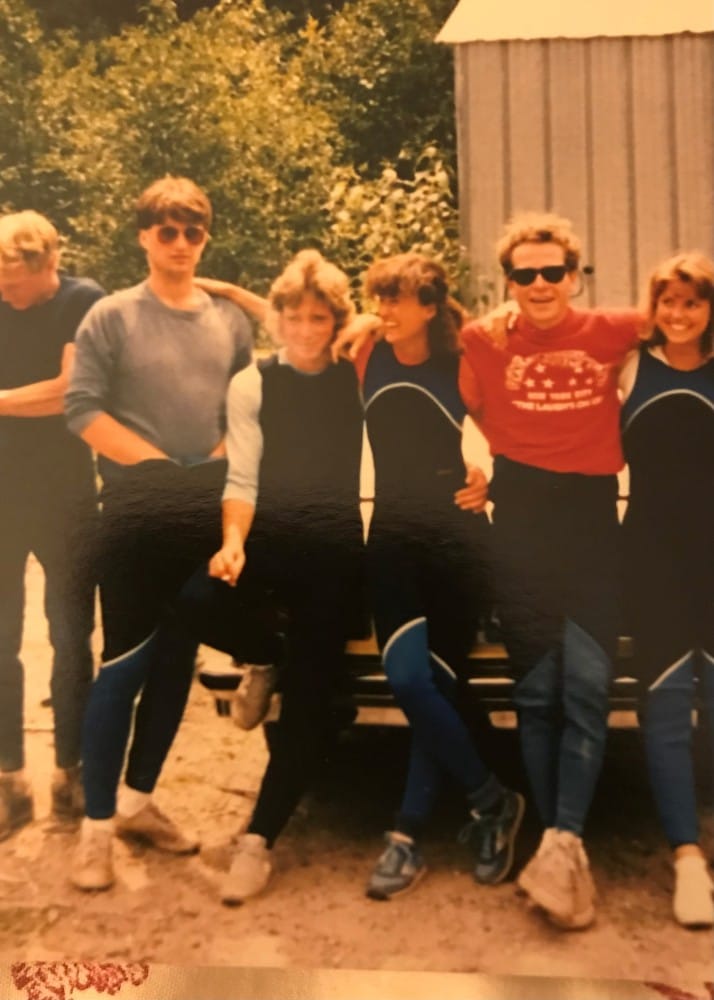
I was in a bit of a rush to get married, especially after my dad was diagnosed with an inoperable brain tumour. Part of my childhood dream was him walking me down the aisle, and suddenly that dream came with a ticking clock. Or rather, a time bomb. The rest blurred by in lace and lipstick—showers, invitations, vows, honeymoon. My moment to shine. (I unpack this more in my book Where Is My Happy Ending?, so I’ll spare you the rerun.)
But that towel? It was part of a set—bath towel, hand towel, face cloth—a wedding shower gift from 38 years ago. I can’t remember who gave it, but I remember how it lived. It dried tears, wrapped a baby, caught spaghetti spills, cradled hot dishes, lined baskets of bread, doubled as a bib, and sometimes even spread out as a picnic mat for little hands. Not just a towel, but a co-star in the messy, beautiful business of living.
And that shower? It was a compass I didn’t know I needed. Bridesmaids, family, friends—all gathered around. We held it at Yik’s Chinese Food in North Vancouver, our family’s holy grail of chicken chow mein and almond gui-ding. Chopsticks clattering, garlic and soy in the air, laughter spilling over. It wasn’t just about me getting married—it was about community, hope, and the rituals that tie us across generations.
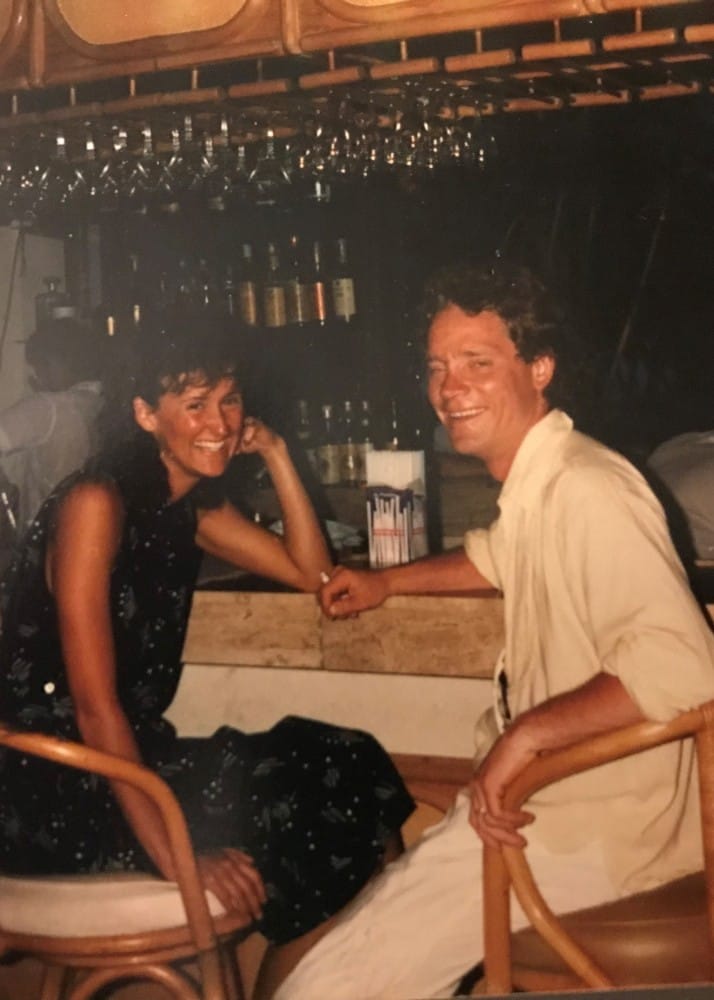
Truth was, we were flying blind. Both of us came from families where things “just worked”—moms cooked, dads worked, kids played outside, bridge clubs, curling and camping trips.
So why was our marriage so hard?
Science tells us even the hard memories matter. Reflecting on both joyful and painful experiences can provide people with meaning, resilience, and a deeper sense of self (Jiang et al., 2021). Psychologists refer to it as “autobiographical memory integration”—when we face both the sweet and the sour, we don’t just survive; we grow (Recalling Tough Times, 2024). And honestly, that’s how I carry mine: not as weights, but as mile markers.
Thirty-eight years later, life has unfolded as it does—kids grown, memories layered, and him… gone.
Alcohol. The dreaded spirit.
They call it “spirits” as if it lifts you up—but really, it drags down the drinker and everyone around them. Evil spirits, if you ask me. Research shows that for every one alcoholic, at least 12 lives are directly affected—partners, kids, friends, colleagues (NIAAA, 2020).
And here’s the science: alcohol is classified as both a neurotoxin and a carcinogen. Studies in The Lancet prove there’s no safe level of consumption. None. That old “one glass of wine is good for your heart” myth? Completely debunked. Even small amounts damage brain tissue, shrink gray matter, and increase your cancer risk.
It’s called a depressant, but what it really depresses is life itself—cells, organs, relationships. The World Health Organization lists alcohol as one of the top global killers—not just livers, but hearts, brains, and families.
For him, the cost was ultimate.
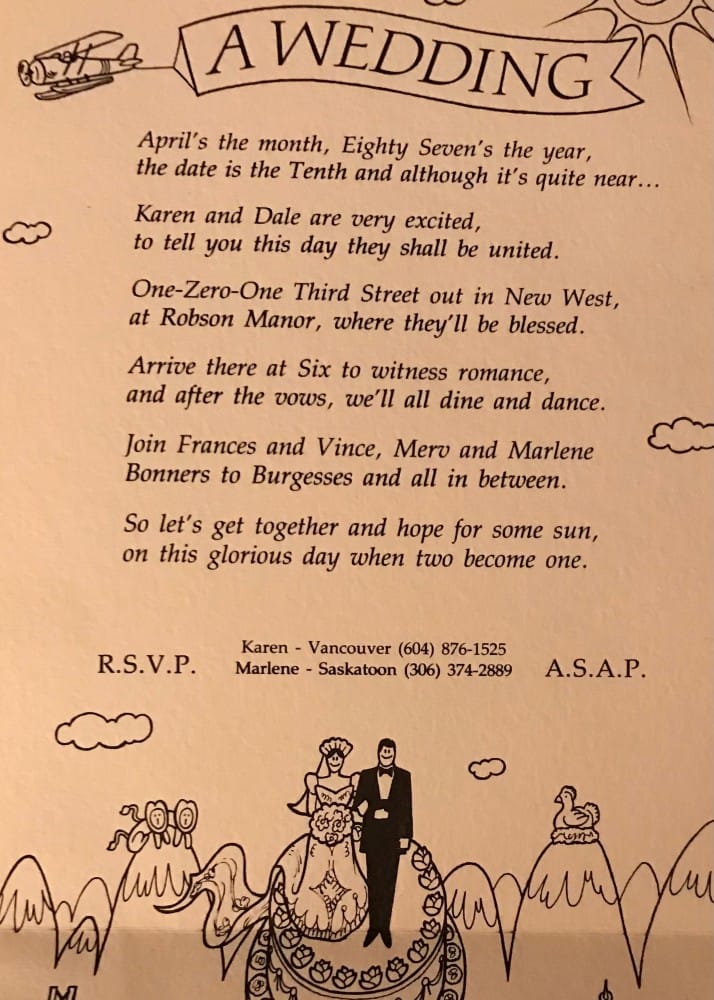
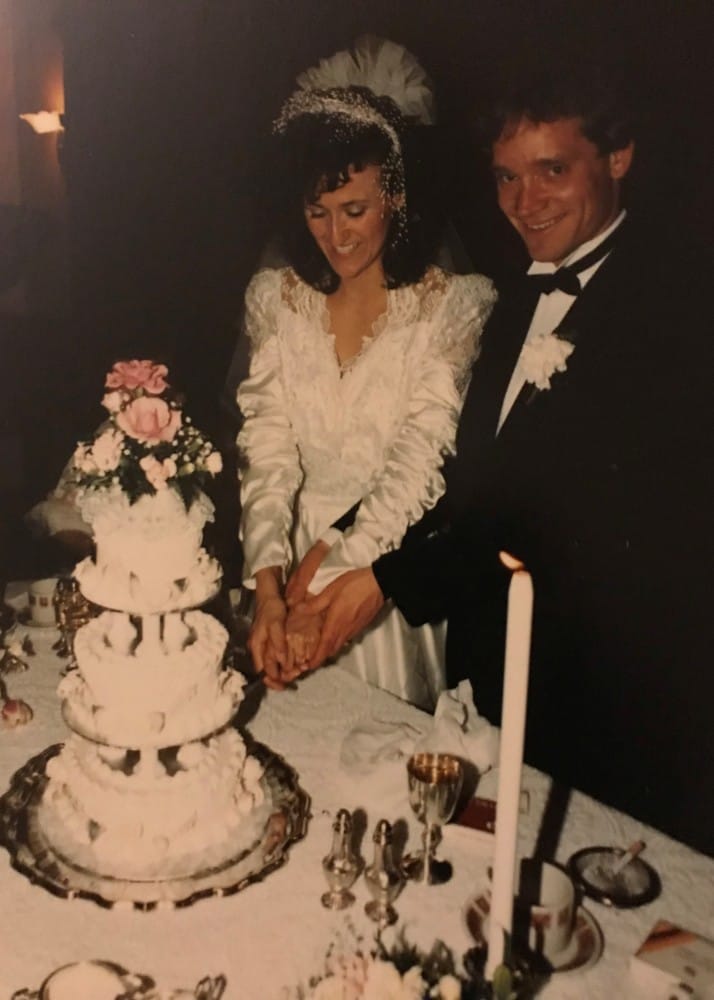
He tried to quit. God, he tried. We wanted it—for the girls, for us, for the life we were building. But alcohol was a thief in the night. It stole him, piece by piece, until one day it stole him completely. Twenty-five years after we met, it killed him.
And yet—here I stand, towel in hand. Worn thin. Outdated. Still here. Proof that love and loss live in the same fabric. I’ve always leaned toward being a minimalist—each time I packed up a home, only a few things made the cut. Many treasures got left behind, and there are pieces I sometimes wish I still had. But this towel? This one stayed.
Throw it away? Never.
Because sometimes the faded things we keep—the towel, the scar to our heart, the memory—are the truest. They remind us who we were, what we lost, and what we somehow survived.
Yes, alcohol took him. But it doesn’t erase the truth: he was good. Gentle. Sweet. Kind. That’s what I carry. My subtitle still holds: a journey of no regrets.
I see so much of him in our daughters—his legacy lives on in them. In their voices, in the little mannerisms that catch me off guard, in the adventurous spirit of one and the tender worry in the other. Both carry his strong sense of family close to their hearts, and both have also come to understand, in their own way, the heartbreak that addiction can bring.
He did the best he could.
When I say he did the best he could, I mean just that. Most of us move through life carrying invisible backpacks—stuffed with what we were taught, what we lacked, what we dreamed of, and what we feared. He wasn’t given a roadmap or the tools to fight the pull of addiction, but he showed up with what he had. His kindness, his humour, his hands in the garden, his music, his love for our girls. That was his best. And I’ve come to believe that’s true for most people—we’re all doing the best we can with what we’ve been given, even when it doesn’t look like “enough” from the outside.
So when life hands you a flashback, don’t shove it away. Hold it close. These reminders—whether joyful or gutting—teach us to live without regret, to offer grace where we can, and to love again.
Because honestly? Towels wear thin, people fade, even memories fray—but love, the real kind, that stuff never unravels.
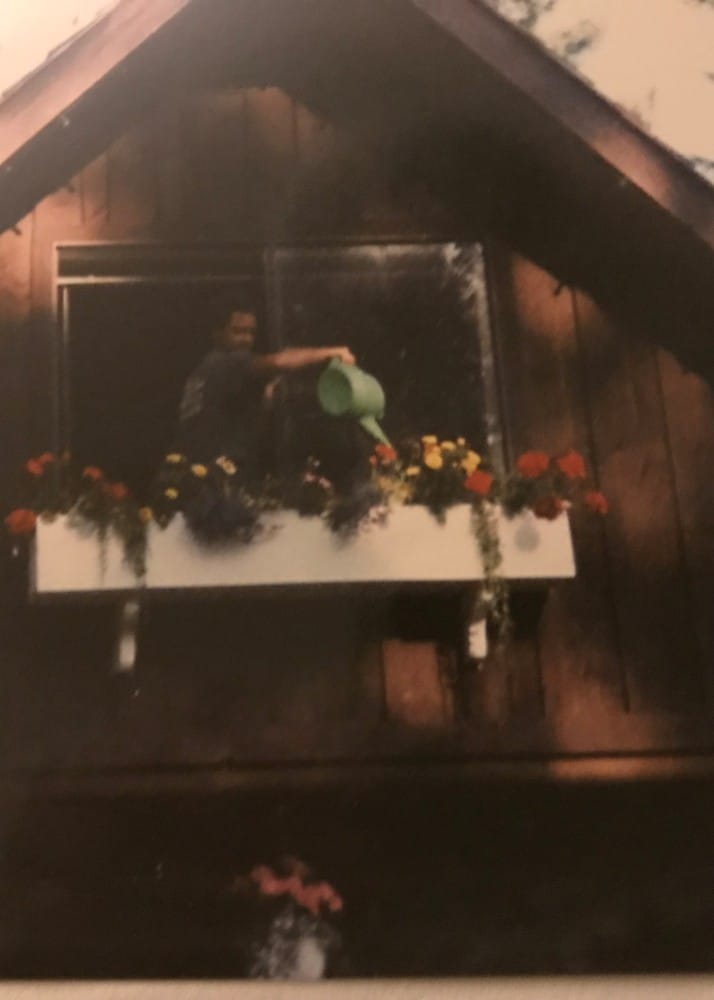
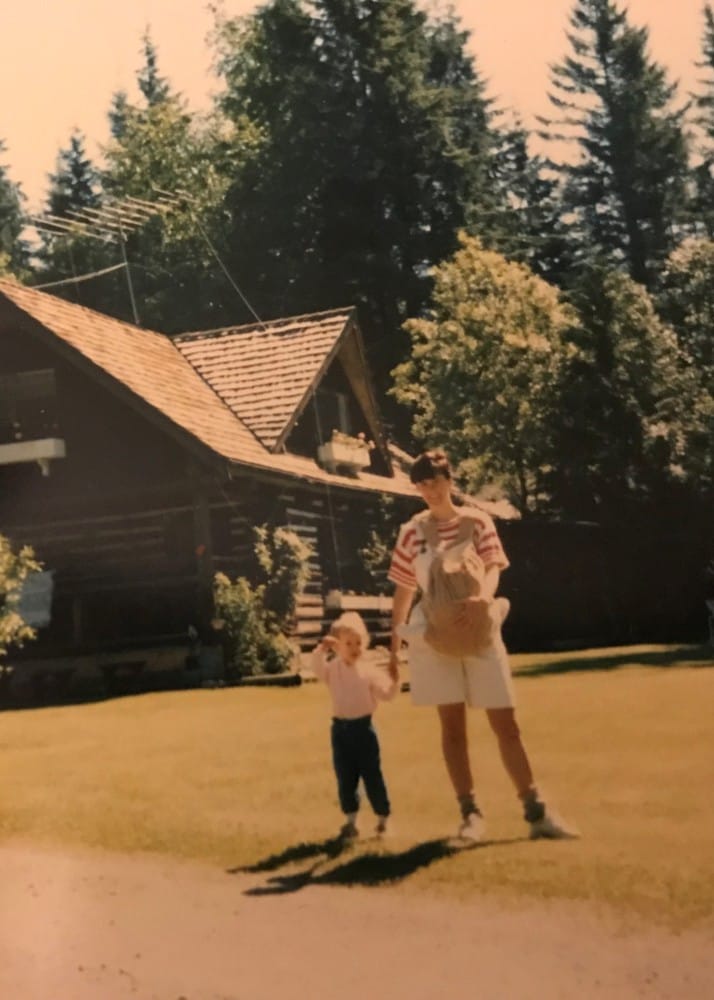
References
● Jiang et al., Journal of Positive Psychology (2021) – on nostalgia and memory. https://doi.org/10.1080/17439760.2020.1859314
● NIAAA (2020) – Alcohol and health. https://www.niaaa.nih.gov/alcohols-effects-health
● Psychology Today (2024) – How remembering adversity shapes resilience. https://www.psychologytoday.com/us/blog/what-comes-mind/202401/recalling-tough-times-how-memory-adversity-shapes-resilience
● WHO (2021) – Alcohol and public health. https://www.who.int/news-room/fact-sheets/detail/alcohol
● The Lancet (2018) – No safe level of alcohol consumption. https://doi.org/10.1016/S0140-6736(18)31310-2
